Alright – so today we’ve got the honor of introducing you to Julie Walker. We think you’ll enjoy our conversation, we’ve shared it below.
Hi Julie, thanks for joining us today. We’d love to hear the backstory of how you established your own practice.
Working in private practice had long been a goal that I had always been too afraid to consider. I’ve spent the bulk of my career working in agency and school-based mental health, first for an agency and then for a school district directly as their mental health clinician but I had always told myself “someday”. When I left the agency to move to the position in the school district I had to terminate with my clients, some of whom I had worked with for years, which was not an easy task. I hopefully mentioned to them that I’d like to someday open a private practice but no plans in the immediate future. Perhaps six months or so into my position in the district I was contacted by a former client asking if I had opened up a private practice, and politely I responded that I hadn’t but “hopefully” one day. The client reached out two more times, and as I was responding to their third message, rather than politely saying no I hadn’t, I instead found myself on impulse responding, “Yes, I have.” Obviously at that time I had nothing set up to actually have a private practice so after about a good five minutes of panic and thinking what did I just do, I gathered myself back together and said, welp I guess I need to make it work. I basically googled how to start a private psychotherapy practice for dummies, and what I would’ve given for a resource like that. At that point in my career I didn’t have a close relationship with any other therapists in private practice so I didn’t have anyone I could reach out to so I made a list of what I knew I needed: office space, billing system, and paperwork. From there I continued to learn and developed my business. Probably about 2-3 weeks after that client reached out, I held our first in-person session, that was in 2021. My first two years of working in private practice was on a very part-time basis that I managed in addition to my full-time job in the school district. In my second year of private practice, I cautiously started toying with the idea of growing it, and jokingly talked about doubling my caseload from one client to two. As my client base grew from two to three to four I excitedly but again cautiously considered this growing prospect. Maybe one day this could be a full-time business rather than just a part-time passion project….
This practice I created, I steadily built as something that reflects my personality, values and mission as a therapist. In reflecting on my trajectory, it’s crazy to me how I’ve spent far more time doubting and discounting myself professionally, compared to how quickly I was able to get everything up and running when I needed to create a business out of nothing for that first client session. It really is astounding isn’t it. I know this is something that a lot of people can relate to. We often doubt and find easy work of holding ourselves back, when in actuality we have a lot more potential than we give ourselves credit for. I frequently remind my clients that we are usually our own worst critic and we can become very powerful when we can step out of our own way.
As my practice continued to grow I eventually found myself in the position of having to decide, do I stay in this steady position in the school district or do I take this leap of faith and dive completely into private practice. I was faced with leaving an environment that I felt very comfortable in. I had developed close working and personal relationships, and I was just generally very happy. I did decide to leave however, because being comfortable didn’t feel like it was good enough for me. I had always hoped to someday be in private practice full time, and it seemed like all of the momentum I was building would have just gone to waste if I didn’t take this leap. I can’t underscore enough how terrified I was though. What was really helpful in me deciding to take this risk was advice I received from trusted mentors and colleagues, who encouraged me and reminded me that while it feels like I was faced with a binary choice of staying where I was or leaving to be on my own, there really was a lot of flexibility. They told me to try it for a period of time, it doesn’t have to be permanent, I could always look for a part-time job if I needed or return back to a full-time position somewhere if it doesn’t work out as I had hoped, but if I never tried then I would never know. I am so thankful for their advice because being in this place now, as a small business owner and clinical practitioner I have never been happier. In this space, I get to show up authentically as myself for myself and my work feels more aligned with who I am more than it has ever been.
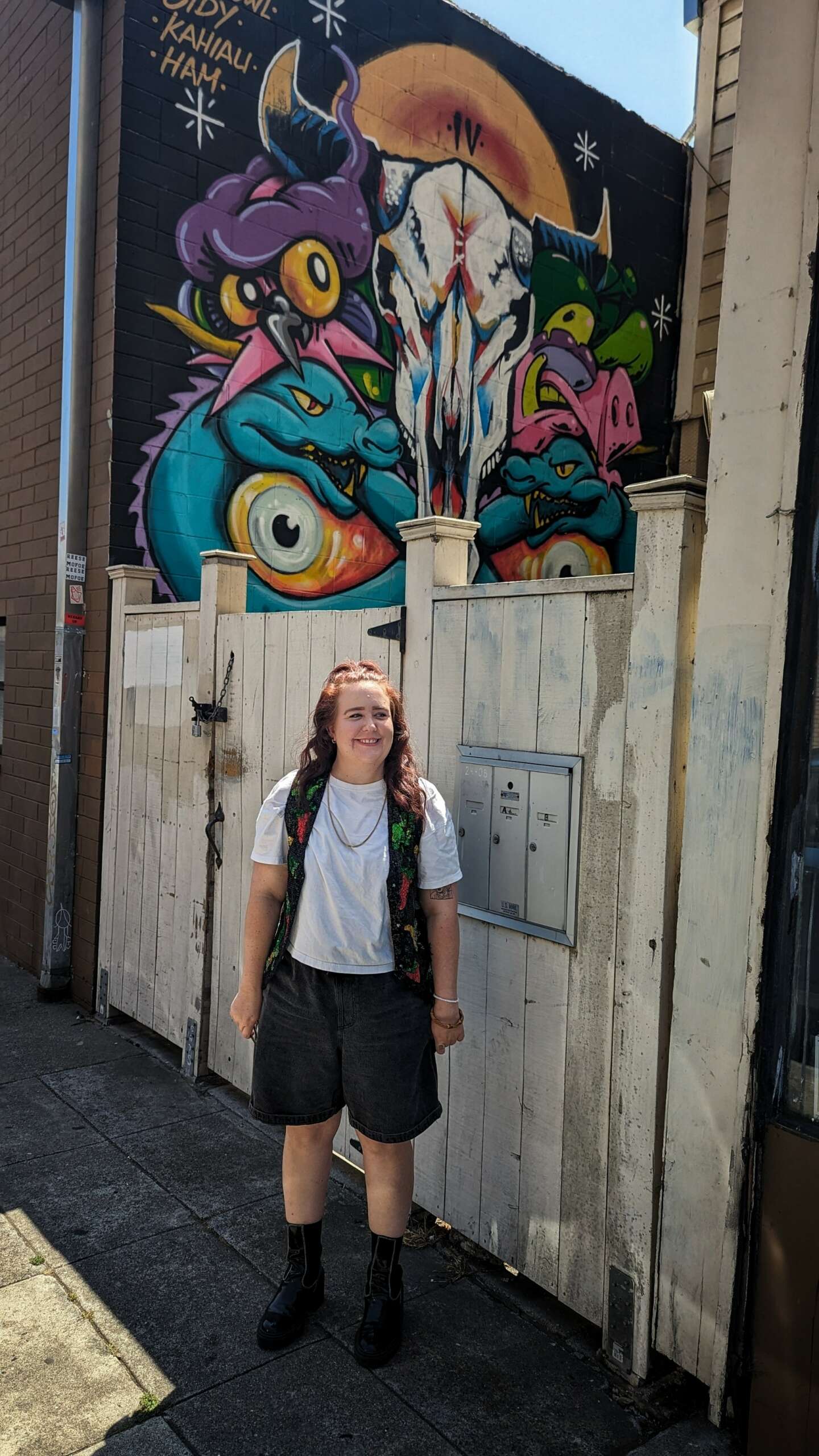
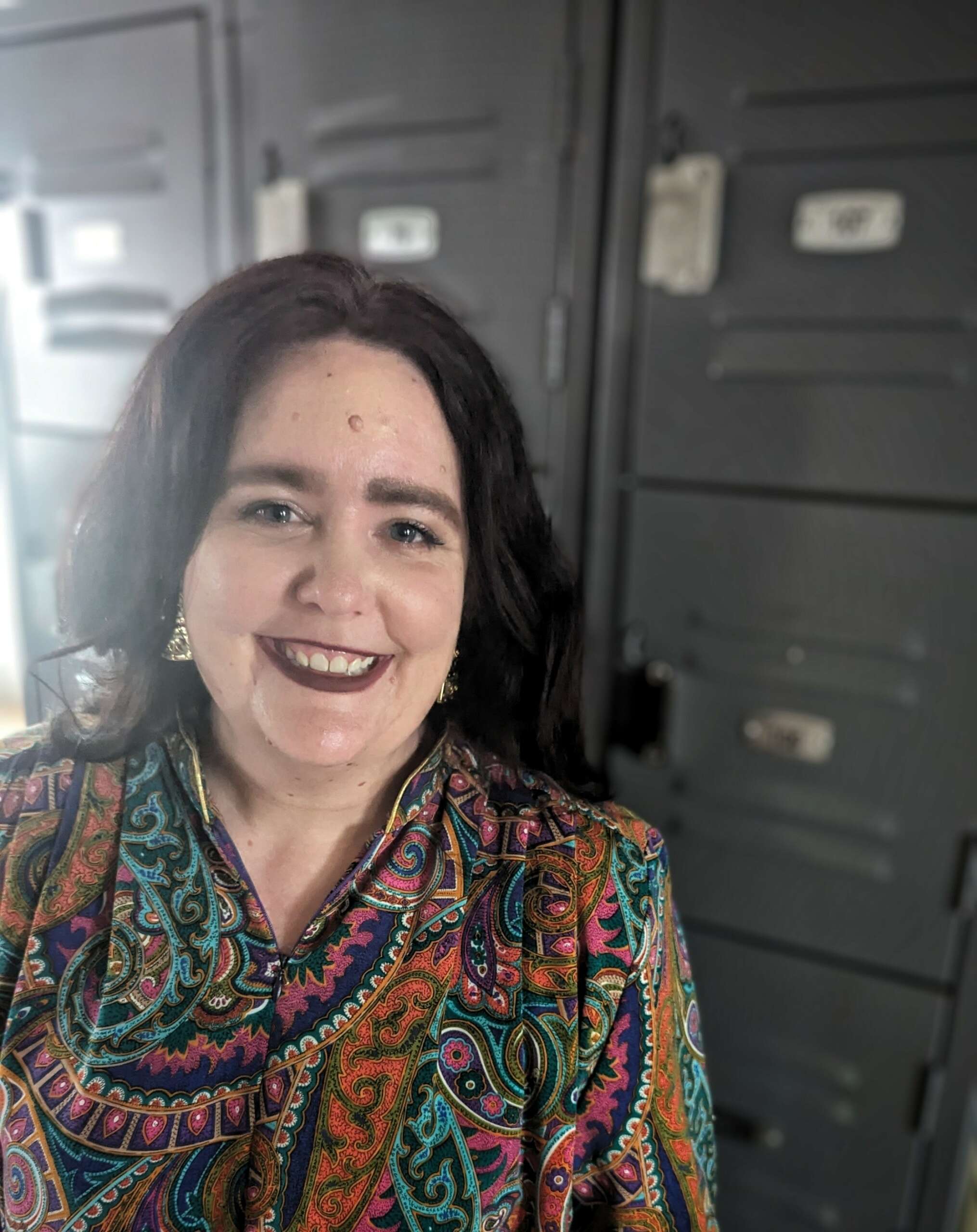

Julie, love having you share your insights with us. Before we ask you more questions, maybe you can take a moment to introduce yourself to our readers who might have missed our earlier conversations?
I’m a licensed Marriage and Family Therapist in both California and Virginia and see clients via video sessions as well as in person in my Los Angeles offices. I offer what I call, Approachable Mental Health in my private practice, I’m Here if You Want to Talk. I know coming into therapy can be intimidating to some and I like to offer a casual therapeutic style that is warm and welcoming and paced to meet clients where they are at in their journey. I want there to be an ease to coming into session, one in which clients can feel comfortable sharing who they truly are instead of feeling like they need to present a neat or filtered version. I do that by showing up for all of my clients as authentically myself in order to encourage them to do the same. Also central to my work in my practice is my commitment to social justice and creating safe and inclusive spaces for all of my clients and providing affirming services for BIPOC, Neurodivergent and LGBTQIA individuals and families.
I like to facetiously say that I’m a recovering evidenced-based clinician. I “grew up” as a psychotherapist in an agency that relied heavily on clinical work centered in Cognitive Behavior Therapy. I worked at this site as an intern through becoming licensed and in the seven and a half years I was there, I received invaluable training and experience in this modality of treatment. Also at this agency I had the privilege to meet and work with many Neurodivergent individuals and their families. And, it was through this work that I met a friend and colleague, Carmen Ruiz-Ochoa, who together we developed a training to support other clinicians and treatment team professionals in providing therapy for clients that identified as LGBTQIA and Neurodivergent. We drew heavily on our experiences from working with clients and their families and also used research to inform our more behaviorally-based approach. We offered this training annually at the LBGTQ Center of Long Beach and also were invited to present this training at an event organized by Pacific Clinics.
However, as the years went on and as we grew professionally and personally we started to shift our work and presentation to include more of our own values in social justice and inclusivity and leaned more into the idea that we are humans working with humans not just clinicians providing evidenced-based, well researched clinical tools. It was through this work, and this collaboration that I started to open my eyes to who I wanted to be as a mental health professional. While I am happy to have received the strong foundation in Cognitive Behavior Therapy and related skills-based approaches such as Acceptance and Commitment Therapy and Dialectical Behavior Therapy my training and earlier experiences in the field of psychotherapy have given me, where I am at now as a professional is much for relationally and experientially based.
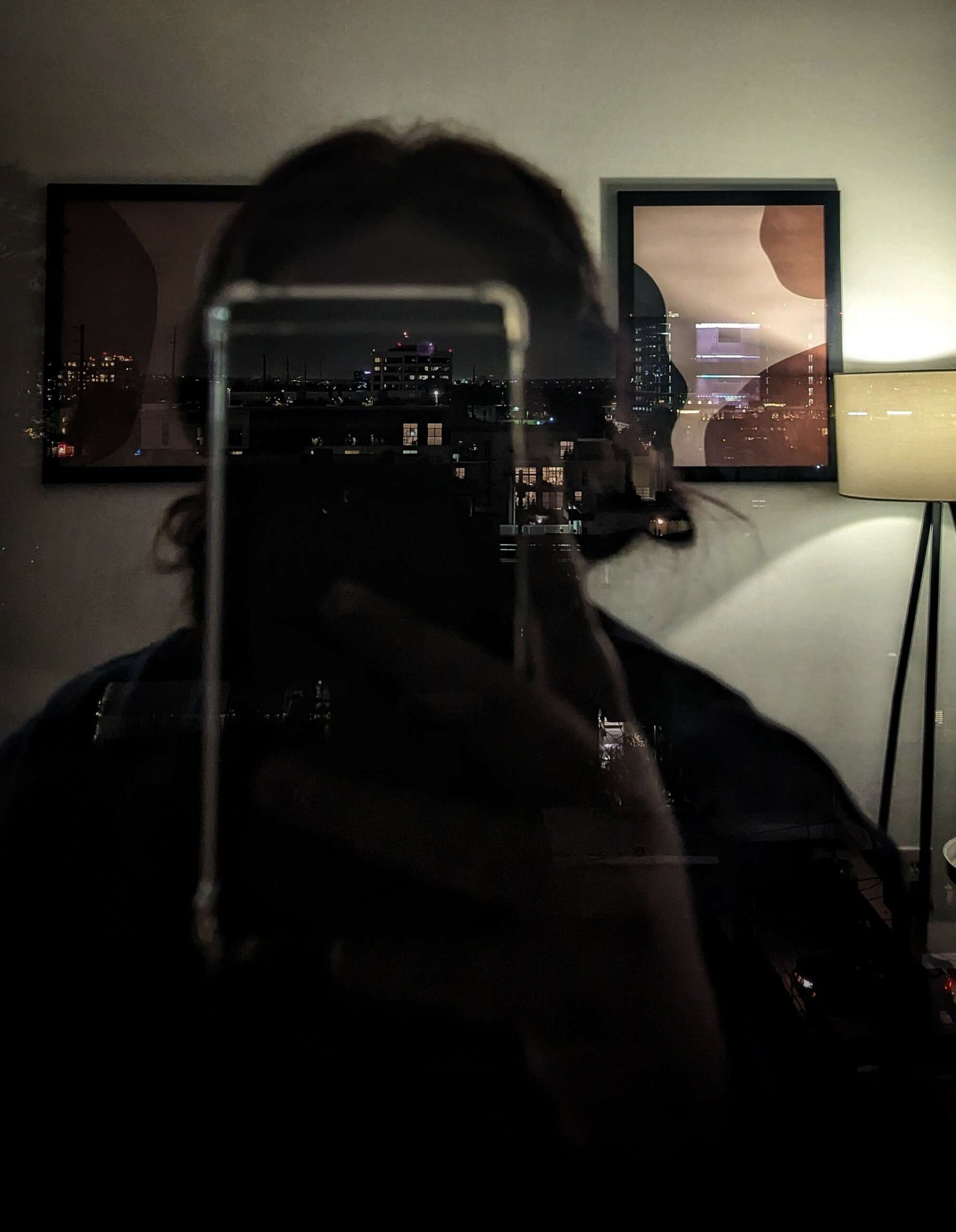
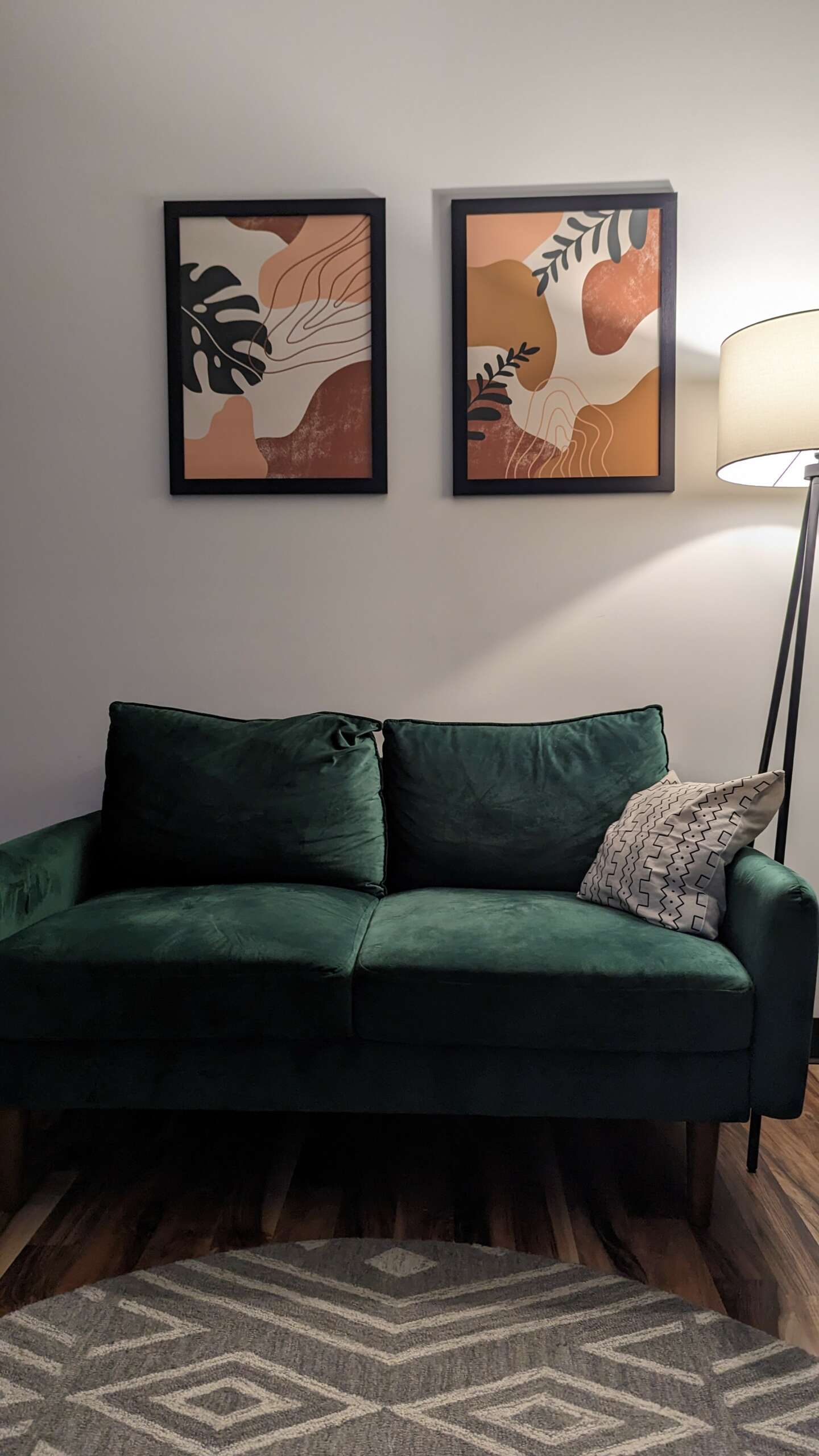

What’s a lesson you had to unlearn and what’s the backstory?
Reflecting back on my earliest training experiences when I was still in graduate school, I remember that I was encouraged to dress certain ways to be seen as more “professional”. This meant I needed to cover my tattoos, keep my hair a “natural” color, wear earth tones, no statement jewelry, in other words, blend in and be neutral. But that’s not who I am as a person or as a professional. I do have tattoos, I often change my hair color, sometimes it’s purple, and I enjoy wearing vintage clothes and creating sometimes wacky and eccentric outfits. This was obviously a difficult message to internalize.
For years I struggled with the idea that I need to hide part of who I was in order to be taken seriously as a professional. If I didn’t fit into a certain mold, I wouldn’t be a “good therapist.” It’s so contradictory and problematic for someone who is supposed to be encouraging others to be authentic when they are not themselves. As I’ve grown in the field and become more confident in who I am as a therapist, I’ve actively worked on unlearning the message of “blending in” and “dressing professionally.” While I am a white cisgender neurotypical woman, I acknowledge that the idea of “looking and dressing professionally” is rooted in systems of oppression and discriminatory practices for many within marginalized communities and it is far easier for me to stand against the idea of what is “professional.”
While I do make purposeful steps to stand up against archaic ideas of professionalism because I can use my privilege to redefine what it means to be a professional, I also do it simply because it creates better client outcomes. By showing up authentically I’m modeling that it is ok to show up as you are, which can be a radical concept for those who do not have the privilege to do so in other spaces including my BIPOC, neurodivergent and LGBTQIA clients.
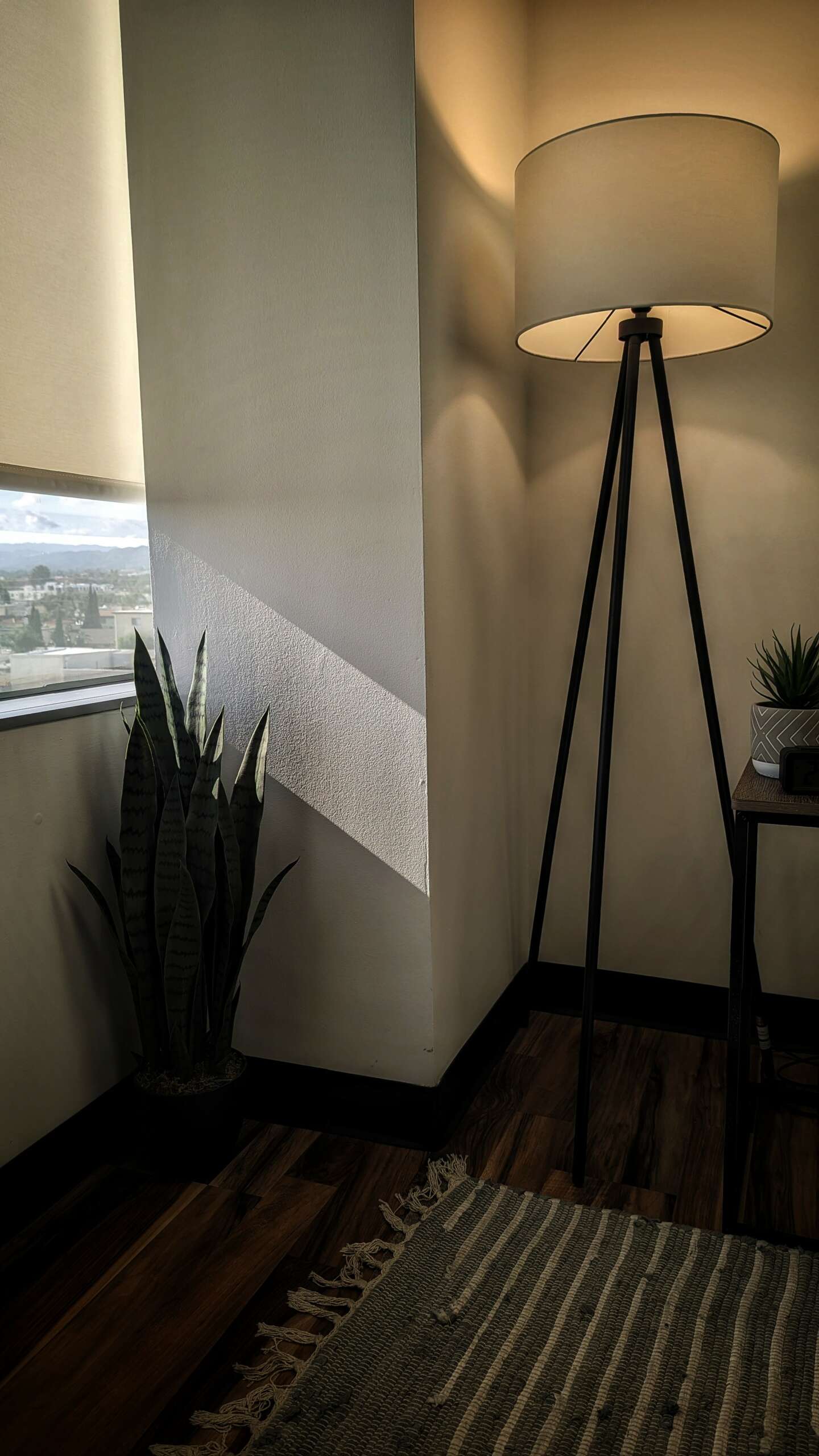
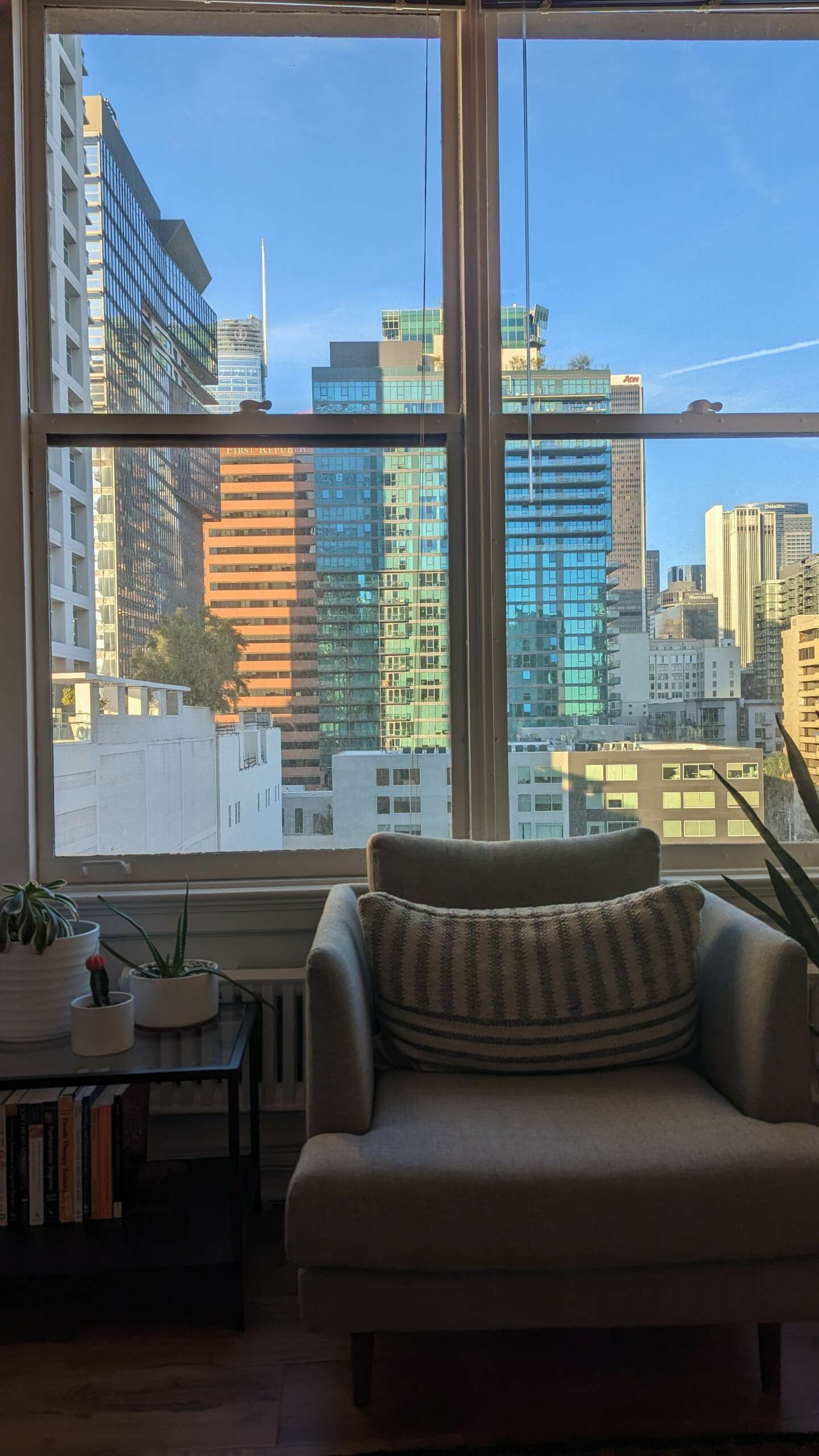
If you could go back, would you choose the same profession, specialty, etc.?
1000% yes. Not only has my path to private practice been unexpected but so was my path to becoming a therapist in the first place. In undergrad I studied and earned degrees from Chapman University in Art and English Literature. And, when I graduated in 2008 it was the height of the early 2000’s recession, and the jobs in the creative and academic fields had suddenly seemed to disappear. I was in the midst of a difficult time personally and found comfort and security in my own psychotherapy. I had previously been in psychotherapy for a short bit earlier in my life but it was at this time that my eyes opened to the idea that this is something that I could pursue myself as a career. I appreciated the safety in the consistency that my therapist provided me and loved the idea of being able to offer that to others. I was unsure how my education in art and literature would translate into this field, and as I explored graduate programs I met with one program director who explained to me that therapy is an art and as someone coming to the field with an art background I was perfectly suited. Now as someone who has been working in the field of mental health for 10+ years I couldn’t agree more. Therapy is an art and effective therapy requires creativity and problem solving that is very similar to creating a work of art. Therapy is also a very vulnerable experience for the client as well as the provider, it requires an honesty and exploration on both ends that is very similar to the phenomenon creatives experience in crafting something for others to observe and interact with. I love my job. I love how dynamic and challenging and ever changing my days and weeks are. It’s such an honor and a privilege that I get to work with people in the way that I do, I couldn’t imagine doing anything else.
Contact Info:
- Website: www.imhereifyouwanttotalk.com
- Instagram: @imhereifyouwanttotalk
- Linkedin: https://www.linkedin.com/in/julie-walker-m-s-lmft-a105181b0


